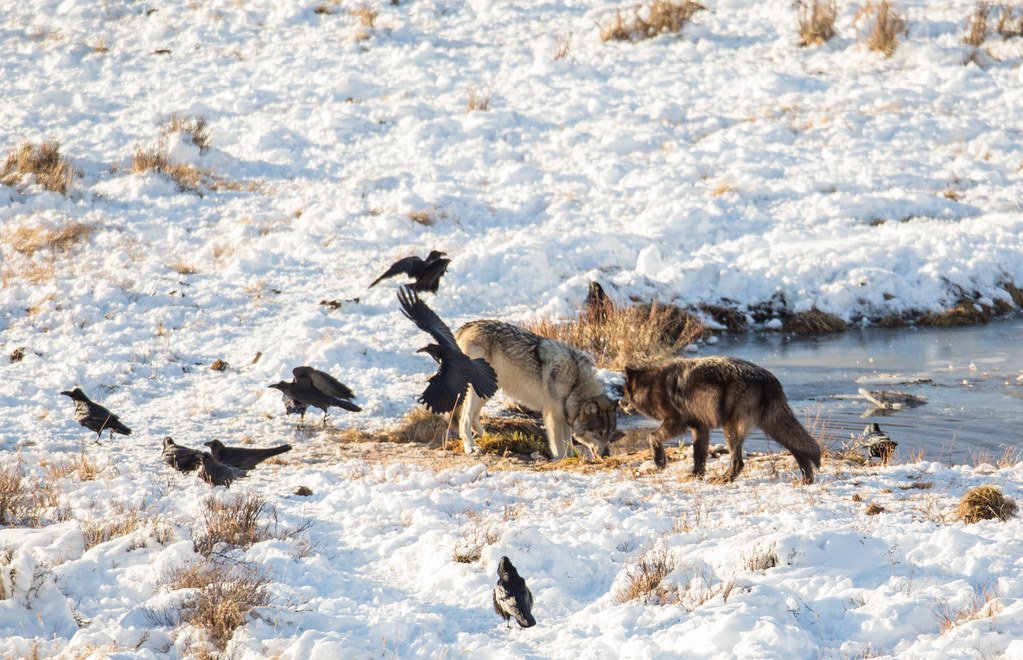When you imagine the wildest stories nature could tell, few would be as unexpected as the one between two very different hunters. Picture this: a sleek black bird soaring overhead while a pack of gray wolves moves through the snowy forest below. You might think they’re competing for the same resources, yet something remarkable unfolds instead.
These unlikely partners have forged one of the animal kingdom’s most fascinating alliances. Ravens and wolves share more than just territory – they’ve developed a sophisticated system of communication and cooperation that has captivated researchers for decades. So let’s get started exploring this extraordinary relationship that challenges everything you thought you knew about predator-prey dynamics.
The Foundation of an Ancient Partnership

Ravens and wolves have formed a symbiotic relationship where each species benefits from their interaction. This unique alliance has spanned centuries, creating what researchers describe as one of nature’s most remarkable examples of interspecies cooperation. The relationship operates on a simple principle: ravens, as scavenger birds, often look to large predators like wolves as potential food providers, since a big part of a raven’s diet is carrion.
Called “wolf birds” by various cultures, ravens have important ties to wolves and use gray wolves to aid in finding food. This partnership isn’t just about scraps either – ravens begin eating carrion quickly, usually arriving not soon after a kill, but rather being there when the kill is made because of their close association with wolves. The depth of this connection becomes even more impressive when you consider that apart from their own pack, wolves interact with ravens more than any other animal.
Advanced Communication Systems at Work
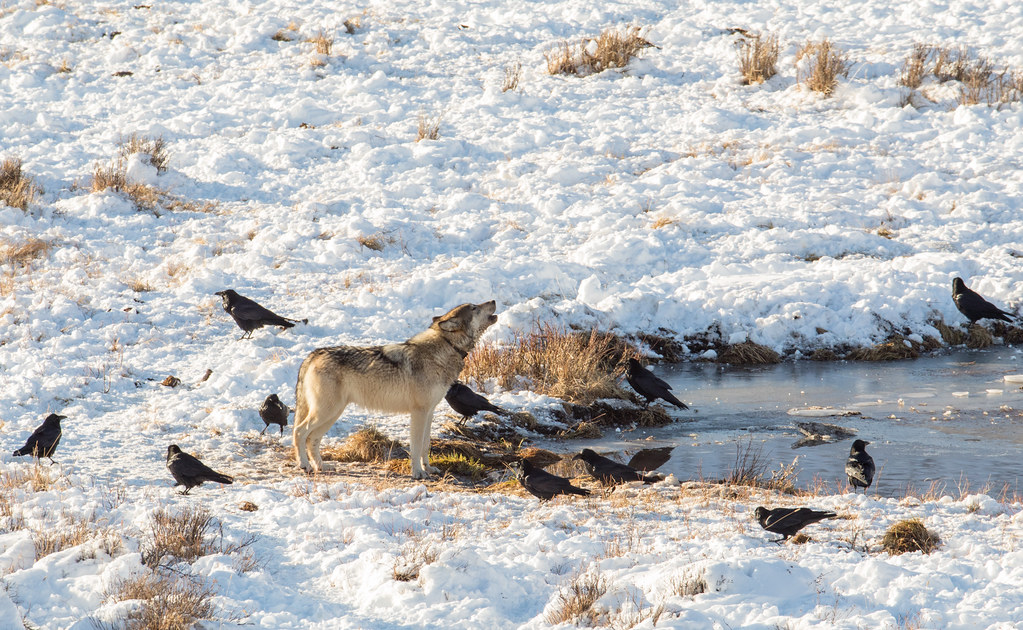
The communication between wolves and ravens is intricate and captivating, with ravens employing a diverse range of vocalizations and non-verbal signals to convey information to the wolves. Ravens emit distinctive calls to signal the presence of a carcass, capturing the attention of nearby wolves. It’s believed that sometimes wolves will even follow ravens’ calls, as they make loud excited noises when they find a carcass, and ravens have even been observed leading wolves to carcasses that they cannot tear into on their own.
Ravens exhibit ‘staging behavior’ by hopping or flying a brief distance ahead of wolves, enticing them to follow and guiding them to potential hunting grounds. Wolves respond to the calls of ravens and understand their significance, with researchers observing them looking skyward when ravens call, actively acknowledging their avian companions. This sophisticated communication system demonstrates intelligence levels that continue to astound wildlife biologists studying these interactions.
Ravens as Aerial Scouts and Messengers

Ravens provide invaluable help to wolves by acting as scouts and messengers, using their keen eyesight and ability to soar over great distances to spot potential prey or threats and alerting the wolves through their calls and behavior. Ravens will often circle the sky above injured, young, or sick animals like elk and deer, and wolves have been observed taking this behavior as a cue for a hunt. Heinrich notes instances in Yellowstone in which ravens helped wolves find their next meal by using their raucous calls to alert wolves of nearby injured animals like elk, where ravens find the prey, alert the wolves, and the iconic predators go in for the easy kill.
It’s been observed that ravens actually repay the wolves by acting as guard dogs for them, with Bernd Heinrich writing that at a kill site, the birds are more suspicious and alert than wolves, serving as an extra pair of eyes and ears. This vigilance proves especially valuable as ravens often carry off chunks of food to safer places, maintaining awareness of their surroundings throughout the feeding process.
Tactical Foraging and Cooperative Hunting Strategies

Ravens actively take part in the hunting process by engaging in what scientists call tactical foraging, following hunting wolves and waiting for them to flush out small mammals from hiding spots. Ravens either seize the fleeing prey or grab the wolves’ attention, guiding them toward potential targets. This strategic hunting behavior benefits both species, increasing their chances of a successful hunt.
With their keen sense of smell and tracking abilities, wolves are more adept at locating prey, while ravens, with their agility and opportunistic feeding habits, complement the wolves’ efforts by capturing smaller or faster prey. The partnership creates a dynamic where each species contributes its strongest abilities to achieve mutual success in securing food resources.
The Mathematics of Shared Meals
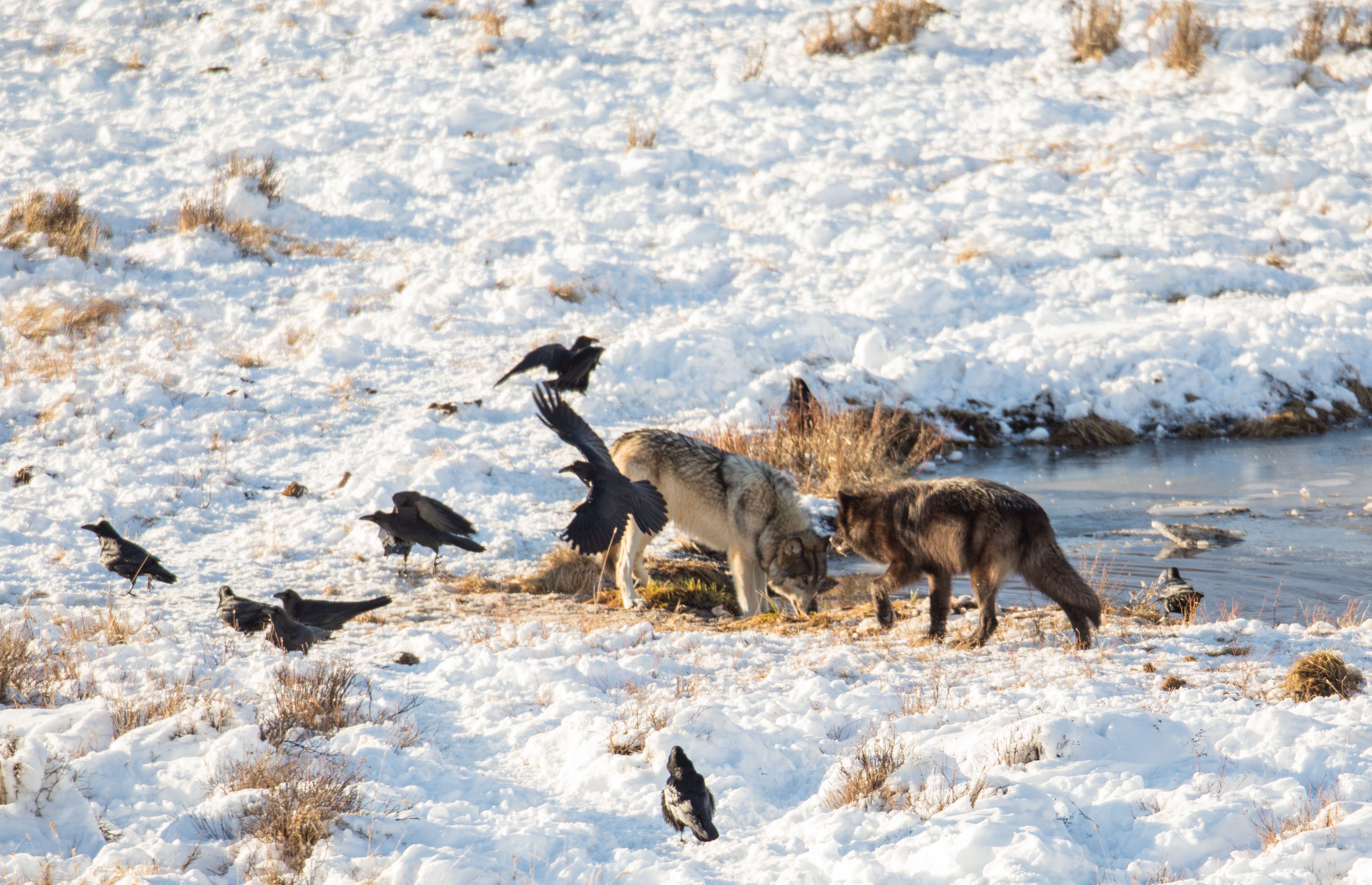
Studies have found that 100% of wolf kills are visited by ravens and a significant portion of the carcass is consumed by ravens. According to research, ravens could steal more than half a kill from two wolves, which was the missing variable in understanding why wolves hunt in larger packs – with wolf packs of four or more netting more meat per wolf than packs of two over the long run. When a wolf pack makes a kill, ravens are often first on the scene, with the average number of ravens present after a wolf hunt being usually upwards of 30 at a time.
As many as 135 ravens have been seen on one carcass. Each raven can eat or cache roughly two pounds of food per day, which means that a group could scavenge as much as a third of what wolves kill. These impressive numbers illustrate the significant impact ravens have on wolf feeding strategies and pack formation decisions.
Playful Interactions Beyond Survival
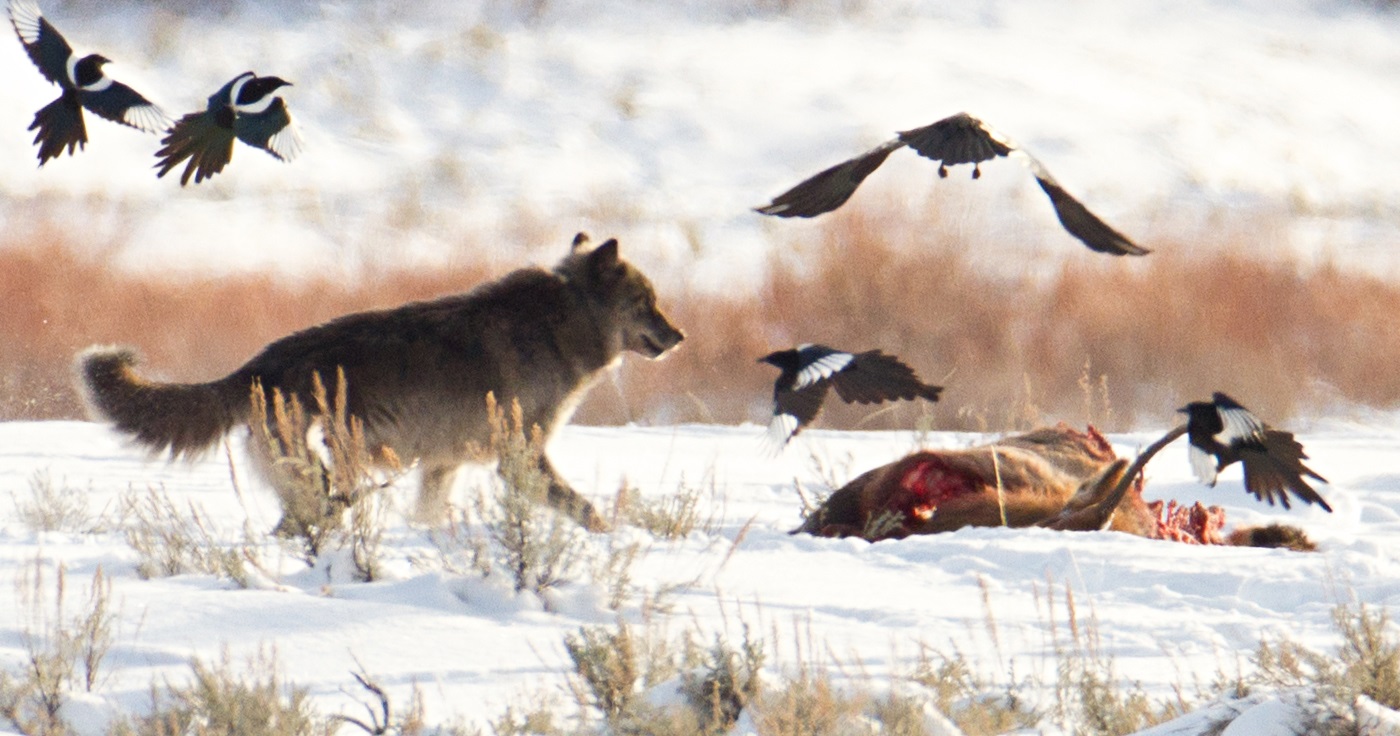
The relationship between wolves and ravens extends beyond practicality, with evidence suggesting that these animals form social bonds and exhibit signs of companionship through playful interactions, chase games, and mock fights. Ravens have been observed interacting with pups and young wolves in play behavior, grabbing sticks and playing tug of war with the puppies. These intelligent birds will even fly over young canines with sticks or small bones to tease them, getting them to jump up and try to grab them, or even try to initiate playing by bravely tugging on their tails or fur.
Some scientists believe that individual ravens may even develop special bonds with singular wolves in a pack, with some theorizing that individual ravens may even develop special bonds with individual wolves within a pack. Sometimes wolf pups will chase ravens themselves, and ravens will play back by diving towards the ground, then swooping away. These playful exchanges reveal a complexity in the relationship that goes far beyond simple feeding partnerships.
Field Research Reveals Surprising Discoveries

Researchers counted ravens throughout Yellowstone’s Northern Range in March from 2009 to 2017 in both human-use areas and wolf habitat, finding that ravens are the most numerous scavengers of wolf-acquired carrion. Research by Bernd Heinrich of the University of Vermont demonstrates that ravens and wolves are close collaborators, with his research from Yellowstone National Park revealing that during the winter season ravens were located near wolves up to 99.7% of the time. Biologists John Vucetich and Rolf Peterson of Michigan Technological University uncovered similar results over a 50-year study in Isle Royale National Park, where ravens were found near wolf kill sites 99.7% of the time in the winter months.
Modern research includes monitoring about 60 ravens in Yellowstone Park wearing solar-powered GPS backpacks with antennas that submit the birds’ locations every 30 minutes, and after tagging more than 60 ravens and relating their movements to those of people and wolves, researchers gained an appreciation of their reliance on both as providers of food. This technological advancement allows scientists to track the relationship with unprecedented precision and detail.
Cultural Significance Across Human History
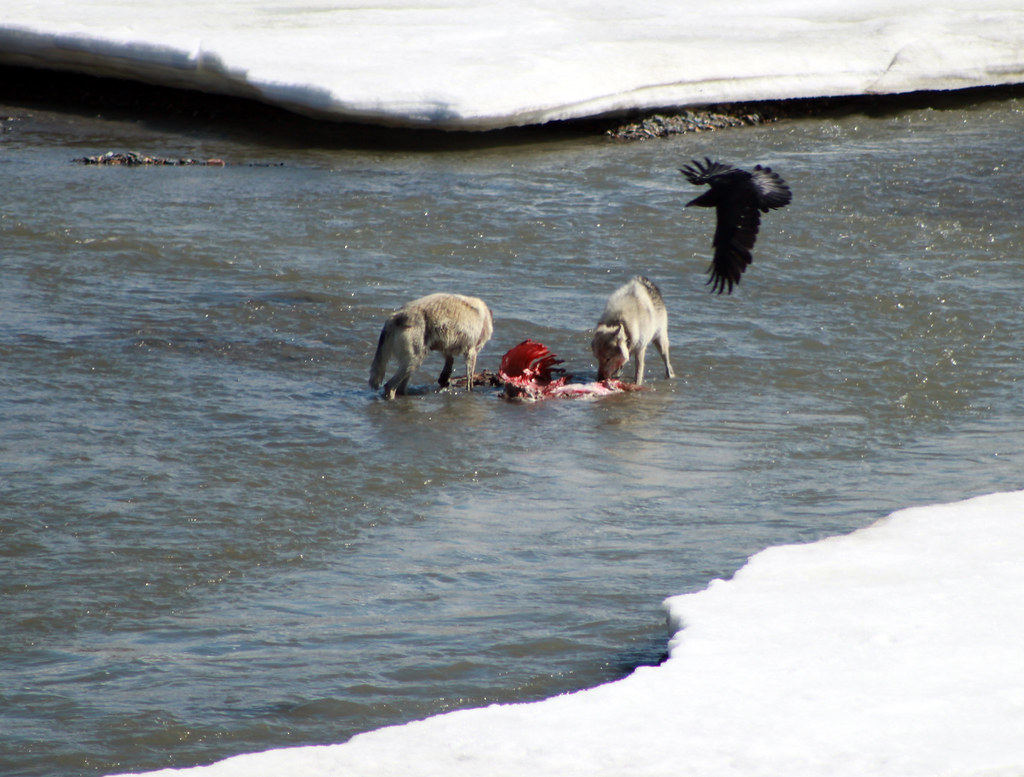
The alliance between wolves and ravens has permeated human cultures across time and geography, with many indigenous cultures revering these animals and regarding them as sacred or symbolic figures, such as Native American tribes often depicting the raven as a messenger and the wolf as a wise and powerful spirit guide. Norse mythology tells how Odin’s ravens, Hugin and Munin, helped his wolves Geri and Freki down prey so that both could eat, a story that showcases that cooperation is better than trying to achieve things alone.
If the six ravens at the Tower of London ever left, it is believed the tower itself and the kingdom would fall, and Edgar Allan Poe immortalized the raven as a Gothic literature icon in his famous poem The Raven published in 1845, highlighting the profound impact these creatures have had on human imagination and understanding of the natural world. These cultural connections reveal how deeply this relationship has resonated with human observers throughout history.
Ecosystem-Wide Impact of Their Partnership
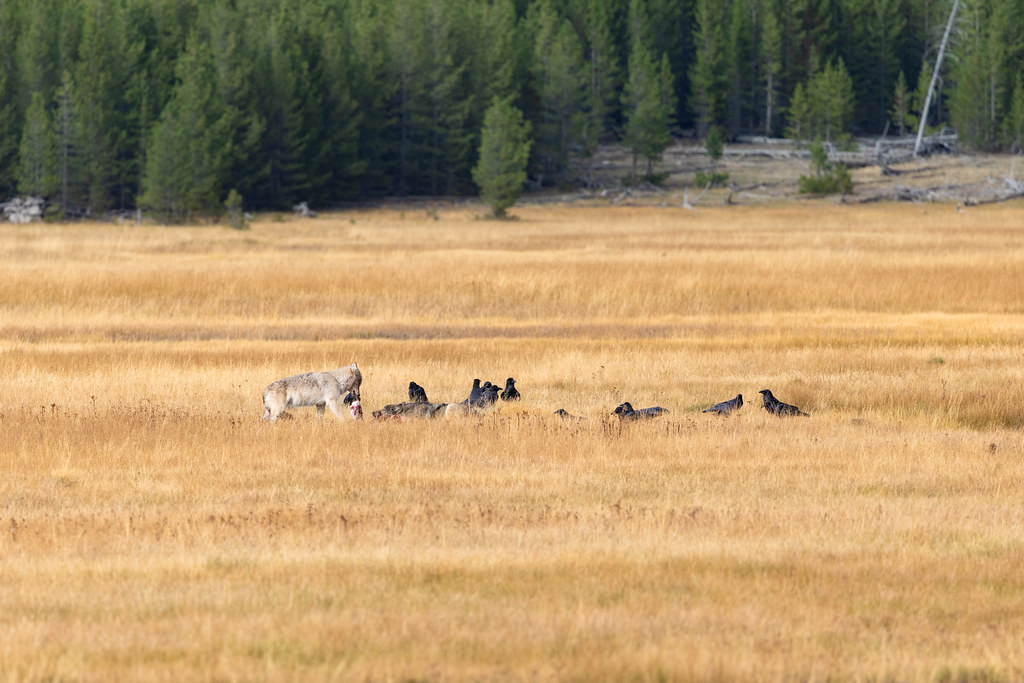
Yellowstone National Park biologists who have been closely observing the reintroduced pack of wolves noted that ravens were among the biggest winners after wolf reintroduction, feeding on the wolf kills. Researchers from the University of California at Berkeley determined that the combination of less snow and more wolves has benefited scavengers both big and small, from ravens to grizzly bears, benefiting ravens, eagles, magpies, coyotes and bears. Like many scavengers, the common raven is especially tied to large predators that serve as potential food providers, with wolves providing many Yellowstone species a year-round food source not necessarily available prior to their re-establishment in the park.
Wolves are integral to the ecosystems, playing vital roles in maintaining ecological balance by helping to control prey populations, while ravens assist in cleaning up carcasses, reducing the risk of disease transmission, and by protecting habitats and promoting conservation, we ensure the continuation of their symbiotic relationship and contribute to the overall health of ecosystems. The partnership demonstrates how individual species relationships can create ripple effects throughout entire ecosystems.
Future Research and Ongoing Mysteries
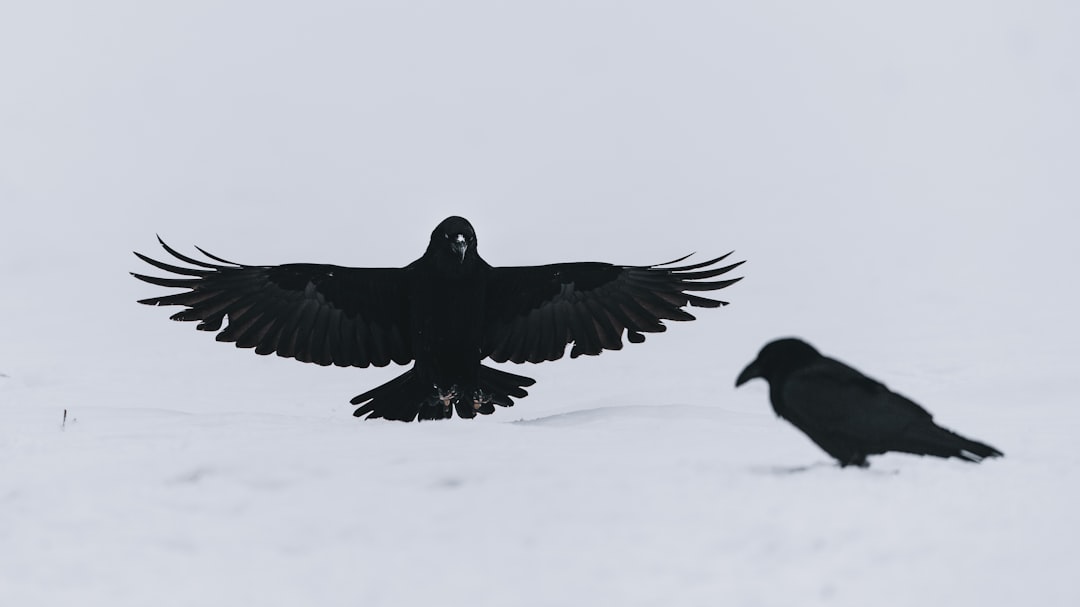
Perhaps we will soon know more about this fascinating animal relationship, as new research studies in Yellowstone hope to shed light on many facets of raven life, including their relationship with wolves on the landscape, with lectures from NPS biologists providing context for ongoing wolf and bird research within the park. This unique friendship is still newly discovered, and maybe in due time scientists will learn more about their interconnection with each other, as the reasoning behind these interactions is still a mystery.
Recent observations show that while ravens appeared at wolf kills, these discoveries seemed incidental rather than the result of ravens purposefully searching for them, and as researchers begin to quantify the relationship between wolves and ravens they may learn more about their synchrony. Some researchers wonder if wolves and ravens are truly hunting partners who share the spoils, leaving another mystery waiting to be solved. The ongoing research continues to reveal new layers of complexity in this remarkable relationship.
The partnership between wolves and ravens challenges our understanding of how different species can work together for mutual benefit. This ancient alliance demonstrates that nature’s most compelling stories often emerge from the most unexpected collaborations. As research continues to unveil new aspects of their relationship, one thing remains clear: these two intelligent species have mastered the art of cooperation in ways that continue to surprise and inspire us.
What do you think about this remarkable partnership? Tell us in the comments.

